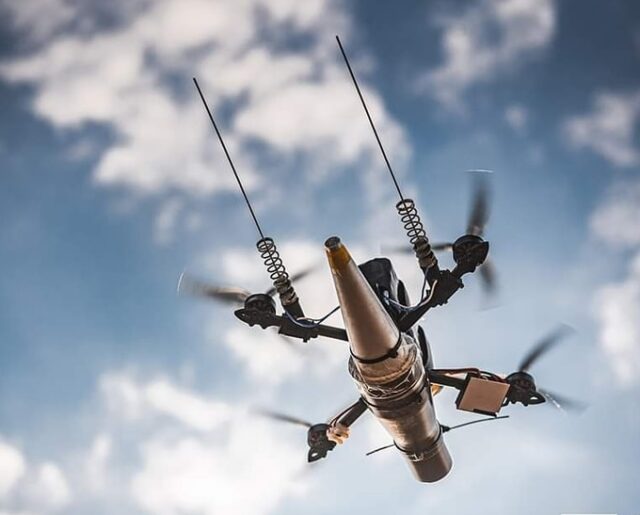
If you’ve been following the news from Ukraine, one detail pops up again and again: drones. They’re everywhere. Some are tiny quadcopters that hobbyists used to fly in parks, others are custom-built machines carrying payloads you’d never expect. Together, they’ve completely changed the rhythm of the war.
What makes this so fascinating is that Ukraine didn’t start out as a “drone powerhouse.” A few years ago, nobody would have listed it next to the U.S., Israel, or Turkey. And yet, here we are, watching Ukrainian drones become a talking point in defense circles around the world.
Built Out of Necessity
Wars usually speed up innovation, and this is a textbook case. With limited budgets and constant pressure, Ukrainian engineers and volunteers started experimenting. Civilian drones were modified with longer antennas, stronger batteries, even thermal cameras. Some of these DIY solutions looked rough at first — but they worked.
Then, slowly, purpose-built models started appearing. Fixed-wing UAVs for long-range surveillance. Small, quiet quadcopters for dropping supplies or grenades. The pace has been wild. What would take years in a traditional defense program sometimes happens in a matter of months.
More Than Just “Flying Cameras”
It’s easy to think drones are just about reconnaissance, but in Ukraine, they’ve become multi-role tools. Yes, spotting enemy positions is still huge. But they’re also delivering gear to frontline units, jamming communications, and in some cases carrying out direct attacks.
Think of it this way: a drone that costs a few hundred dollars can force a tank crew worth millions to retreat. That’s a shift in power you can’t ignore.
Civilian Tech Meets Battlefield Needs
One thing I find most interesting is the mix of civilian and military tech. You’ve got regular DJI drones — the same ones photographers use for weddings — now flying over battlefields with hacked software and custom attachments. At the same time, Ukrainian startups are designing UAVs specifically for combat, with longer ranges and smarter control systems.
That blend of “garage-style tinkering” and professional engineering is rare. And it’s why Ukraine has been able to scale so quickly.
The World Is Watching
Military analysts everywhere are paying attention. What happens in Ukraine doesn’t stay in Ukraine — it’s influencing how NATO countries, and even rivals, think about drone warfare. Some of the tactics first tested on the battlefield there are already shaping doctrine in other armies.
And it’s not just hardware. It’s about how drones are linked with communication systems, with satellite data, and with soldiers on the ground. That integration is where the real leap forward is happening.
Why This Story Matters
For me, this isn’t just about military technology. It’s about how fast people can adapt when they have no other choice. Ukraine’s drone industry was practically built on urgency, improvisation, and teamwork between civilians and the military. And it worked.
If you want to keep up with these rapid developments, the coverage of Ukrainian drones offers one of the clearest windows into how unmanned systems are evolving in real-world conditions.
Final Thoughts
The truth is, drones are no longer “support tools.” In Ukraine, they’re frontline players, changing battles in ways that weren’t possible a decade ago. And as this technology spreads, it will affect not just wars, but the future of aviation, logistics, and even civilian life.
For a deeper look into this transformation, aeronaut.media is worth bookmarking. The site doesn’t just report headlines; it connects the dots, showing how small machines are rewriting the big picture.